In the past, brands’ commerce strategies meant focusing on what channels to leverage and where their customers shopped. But these days there are many new options on the scene when it comes to digital commerce, including everything from retailers to new social commerce opportunities on platforms like TikTok and Instagram.
With all these new choices, brands need to reevaluate their commerce model to find which digital commerce opportunities are best for their needs.
By branching out from only operating via DTC or traditional retail, brands have the opportunity to diversify their sales channels, evolve with consumer trends, and study their audiences while leveraging extensive shopping data thanks to built-in tools and ecommerce solutions. However, leveraging these marketplaces also means giving some control over to another party and some fees, which can range from 5% to 20%.
Choosing the right place to set up shop for your brand will depend on financial targets, product strategy and profit margins, logistics and fulfillment requirements, competitive dynamics, prioritization of owning the brand message and customer data, budget, and your audience’s preferences. Outside of a brand’s DTC site, digital commerce can be broken down into three categories:
- Retail
- Social
- Creator/Affiliate
Harness retail to connect with your audience
Retail media has had a banner few years. The category’s rapid growth has made it an essential advertising option for marketers; retail media accounts for immense web traffic, a multi-million buyer base, a vast ad inventory, and valuable first-party data via point of sale.
eMarketer expects that retail marketplace sales will account for 6.3% of total US ecommerce sales this year, or nearly double the 3.4% share in pre-pandemic 2019.
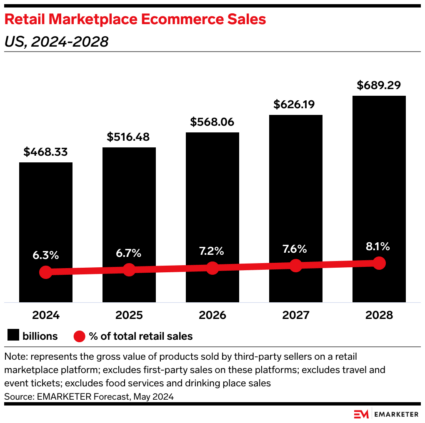
Source: eMarketer
But not all retailers are created equal: different platforms and locations have different audiences, categories of focus, and fee models. You also need to keep assortment, ratings and reviews, shipping price, and speed of delivery in mind as they all play a role in winning in retail. That’s why you need to choose the right platforms for your audience and your brand.
The good news is that there are lots of retail partner options to choose from, so there should be something that’s a good fit for almost any brand. Examples of retail media include:
- Amazon
- Walmart Connect
- Target Roundel
- Instacart
- eBay
- Aggregators like Criteo, Citrus, Microsoft
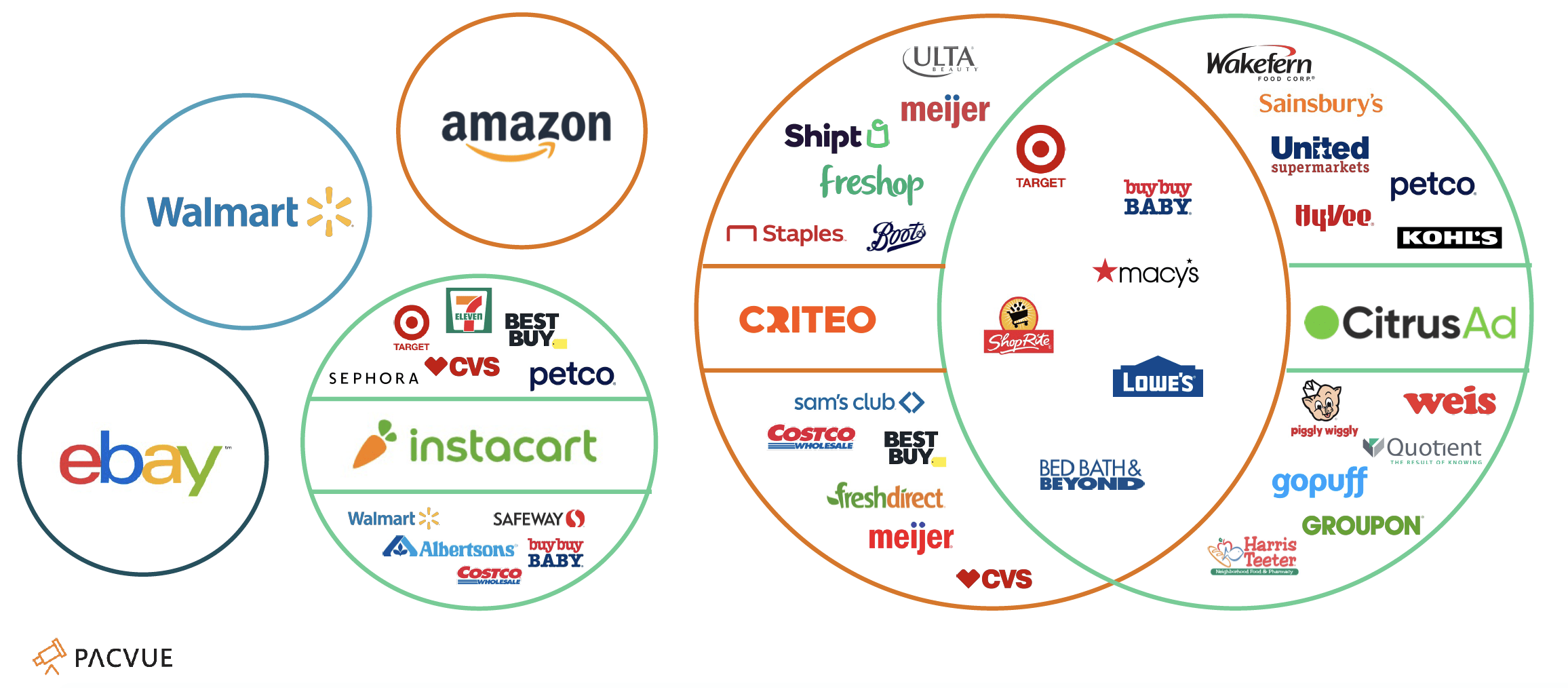
Source: Pacvue
To find the right retail partner for you, consider where your audience spends time and which platforms are the best fit for your product or service. If you’re looking to sell artisan handmade jewelry, for example, Amazon likely wouldn’t be your first choice despite its impressive ad offerings and massive audience. Instead, you could try a platform like Etsy, which has a more niche audience that’s primed for a craftier/more artisan purchase.
A successful retail strategy requires in-store and online promotion, ratings and reviews, shipping options, inventory management, and dedication to stellar customer service. RMN offerings can be a powerful way to drive visibility and sales for likely shoppers and vary by retailer.
While RMNs may have the most comprehensive offering of ad inventory, data, and capabilities, the recent convergence of media and shifting consumer behavior have opened up new opportunities for commerce.
Social marketplaces create vibrant shopping communities
The way consumers interact with brands and find products is changing fast. Lines between “channels” have blurred: retail media is TV, social is search, video is everywhere.
It’s no surprise that social media is emerging as a major player as media convergence continues; the shift to social marketplaces is natural for users who already spend a lot of time online and take product recommendations from their favorite creators.
That’s a huge opportunity for brands. Social media offers a seamless way to tap into time spent, engagement, creator influence, and generate a sale, all within one platform. Since social is so popular among young consumers, social commerce is also a great way for marketers to capture younger audiences at the entry point to brands.
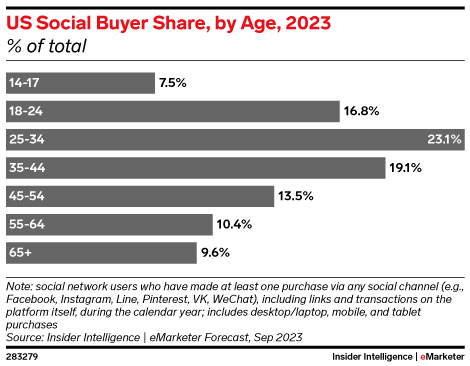
Source: eMarketer
According to Hubspot, one in four social media users bought a product directly within social media apps during the beginning of 2024. There’s an incremental conversion opportunity as consumers look towards their peers, influencers, and others for inspiration on what to purchase.
But there are some challenges: unlike retail marketplaces, social media provides less robust measurement capabilities, and there may be a barrier to entry for some consumers who are concerned about entering their payment info into a vendor they’re not familiar with.
For brands looking to jump into the social commerce game, there are lots of formats to try, from video or static images to conducting an entire livestream to advertise a particular set of products. You also have many platforms to choose from, each with their own benefits and functionalities.

Source: TikTok
When it comes to shopping on a social platform, it’s hard not to think of TikTok and its shop feature. About 92% of TikTok users got inspired to take action, like making a purchase, after watching an ad on the app, according to research done by the platform. Its engaging video content lends itself to authentic no-frills reviews of products in verticals like beauty and skin care, supplements and vitamins, lip cosmetics, cologne & perfume, and body lotions and treatments.

Source: Tech Crunch
Meta first launched Facebook and Instagram shops back in 2020 with the purpose and functionality to help small businesses recover from the shock of the pandemic by selling on social media.
These shops have proven to be a huge success: eMarketer estimates that Facebook will reach 64.6 million shoppers by the end of 2024. Internal Instagram data also revealed that 70% of shoppers look to the platform for their next purchase.
Facebook is also special when it comes to social media shopping because users of all ages regularly shop on platform, even though younger generations are the leaders of social media adoption worldwide. That might make it a better option for brands with audiences that skew older.
There’s also opportunity on both Pinterest and Snap, although those options aren’t as extensive as Meta and TikTok’s offerings. On Pinterest, business accounts can create “Product Pins” (formerly Buyable Pins), that US consumers can use to complete their purchase. In 2020, Snap beta launched “Brand Profiles” which included a native store powered by Shopify that enabled users to browse and purchase right from the app.
Trust grows in creator-led marketplaces
Since today’s consumers are looking for inspiration from trusted influencers and creators, affiliate opportunities can pack a punch for brands looking to connect with their audiences.
By going the affiliate route, influencers can create compelling organic content around your products on their own terms which means you can cast a broader net at a profitable rate. Since you don’t necessarily need to directly work with every creator in an affiliate setting, affiliate content can lead to a higher volume of partners, making your brand/product seem more buzzworthy and feel “viral” in a busy environment.
You can even integrate creator content into ads and the various shops found on social platforms like TikTok, Instagram, YouTube, LTK, and more, depending on the specific contract your brand has with the platforms.
But if you want to do it right, you need to know how to work with creators and understand the cost dynamics that come with your brand’s affiliate goals. That can vary by platform, so you should first choose where you want to start your affiliate program.
TikTok
With TikTok Shop’s affiliate program, creators can monetize their content by partnering with sellers (aka brands) that set the commission rate and inventory level. Creators can then access different products to earn commission and promote as part of the Affiliate Product Marketplace.
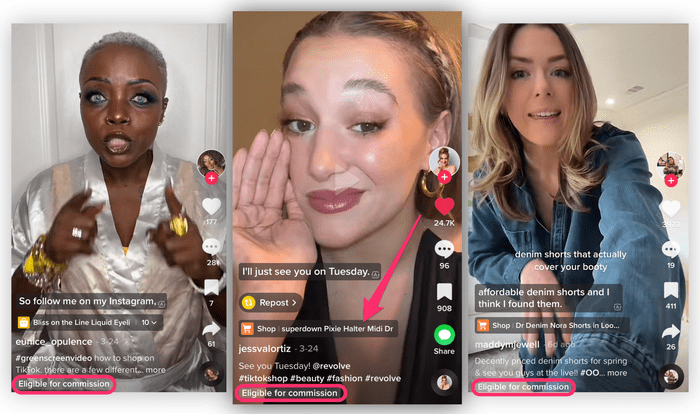
Source: Business Insider
Meta
Meta shelved Instagram’s affiliate program back in 2022 to launch Instagram’s creator marketplace, which was touted as an easier way to connect brands with creators. Using machine learning-based recommendations, eligible brands can access these recommendations on Instagram’s creator marketplace in Meta Business Suite. Partnership ads (previously known as branded content ads) let advertisers amplify creator content or a partner’s handle.
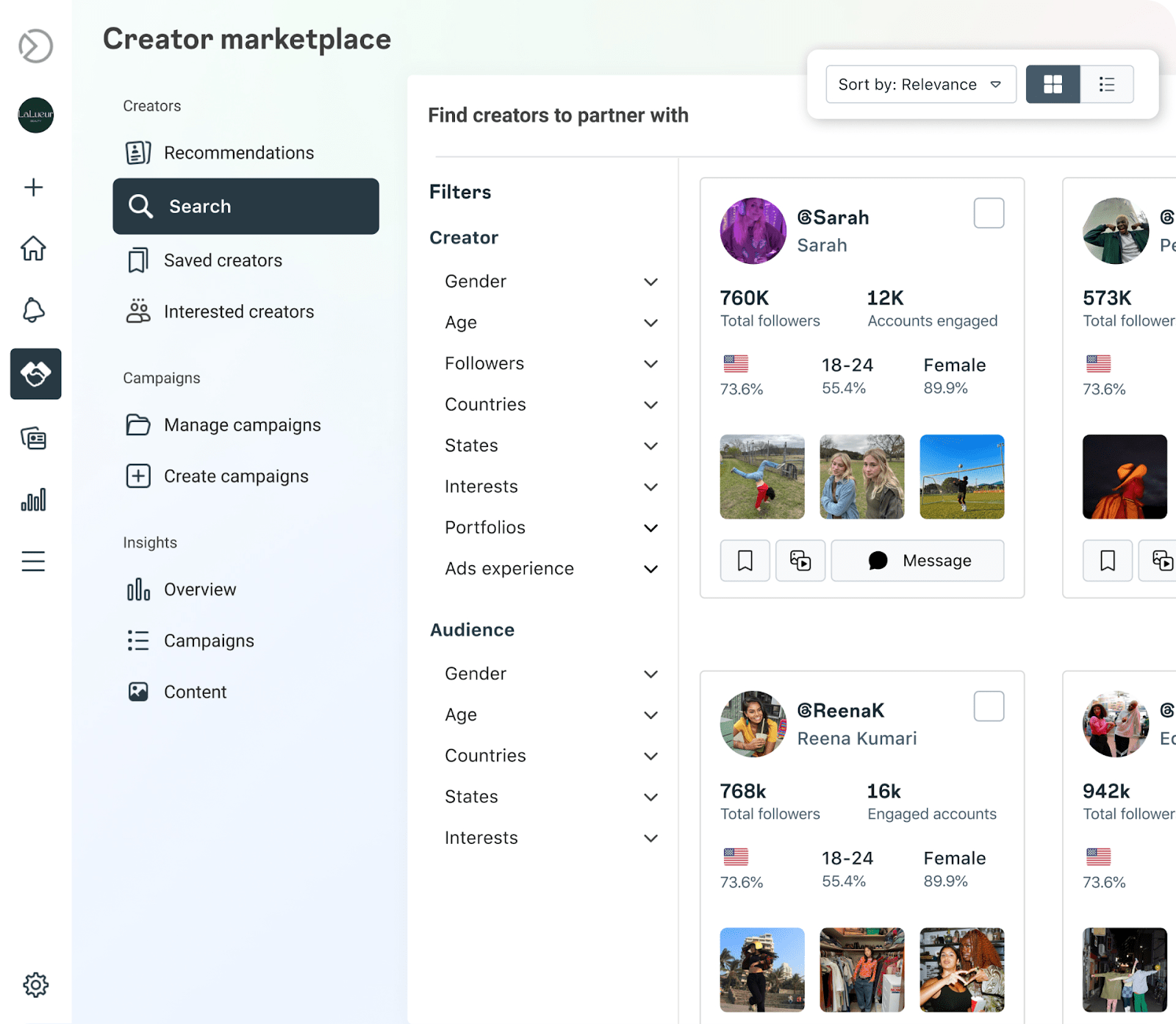
Source: Meta
YouTube
Currently only available in the US and South Korea, the YouTube Shopping affiliate program lets creators tag products in their content so fans and brands alike can easily find the products or creators that resonate with their particular interests or needs.
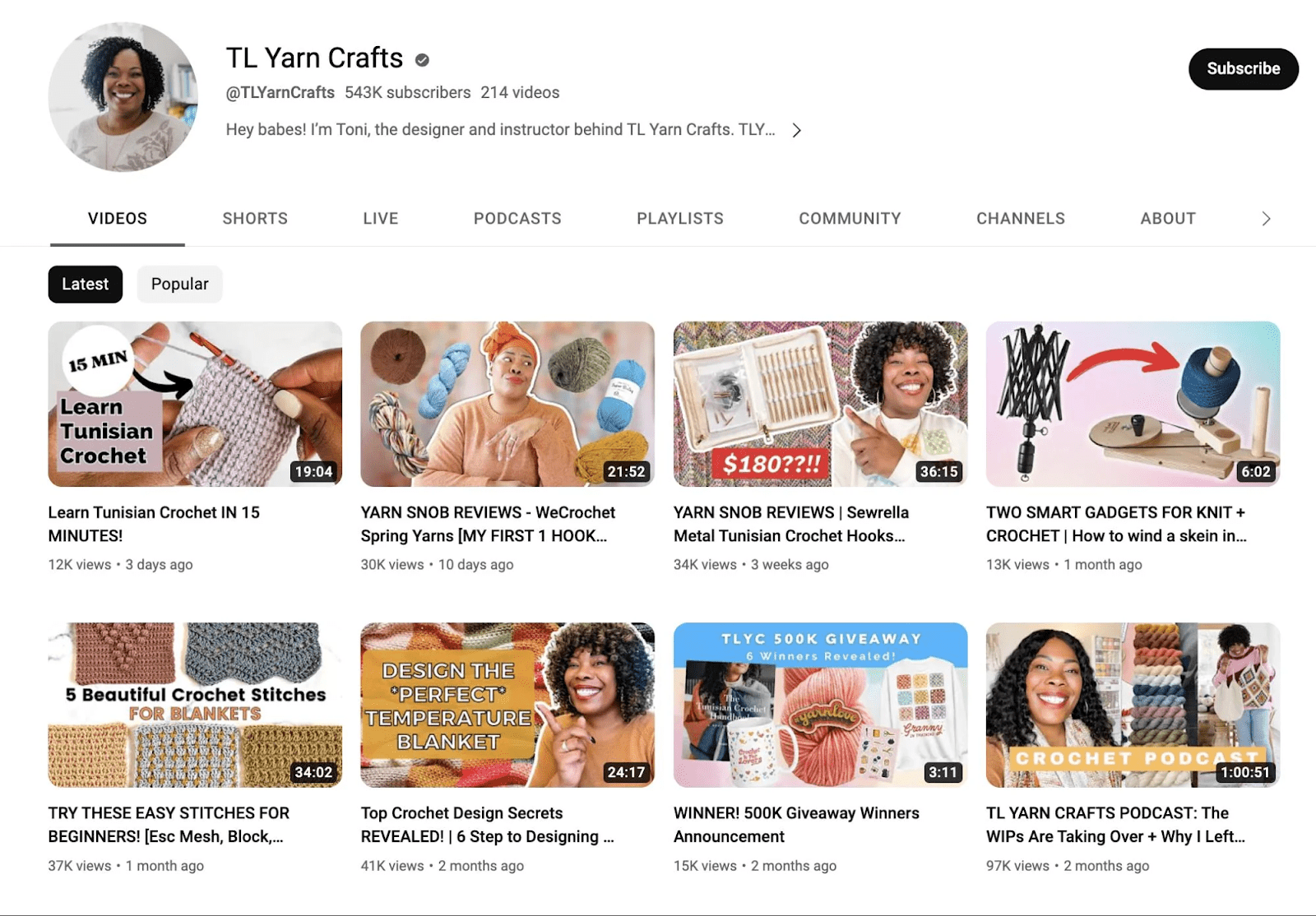
Source: Shopify
Although affiliate content is a great addition to your social media marketing, it doesn’t have to stop there: if an influencer has made great affiliate content about your products, you can always reach out to ask them to create further content if they’re a good fit for your brand.
Getting started with digital commerce
With so many options coming onto the scene and the continued blurring between marketing channels, it’s easy to feel like your brand needs to have a presence everywhere at all times. But you don’t want to spread yourself too thin or you risk souring your targeted audience’s sentiment towards you.
Instead, consider the different selling mechanisms to choose which commerce options would work best for your brand’s needs: retail based on your remit or operations; social for reach, audience alignment, buying trends, and a one-stop-shop; or affiliates as another arm for your selling efforts.
No matter which efforts you focus on, you should be looking for ways to bring media, creators, affiliates, and measurement together into one unified framework so you’re not missing any potential opportunities in the market.







Responses